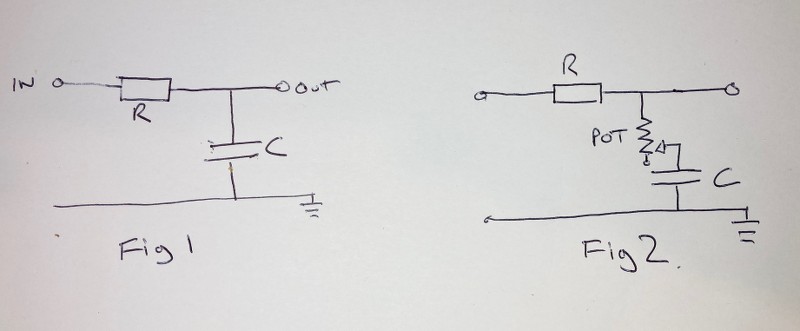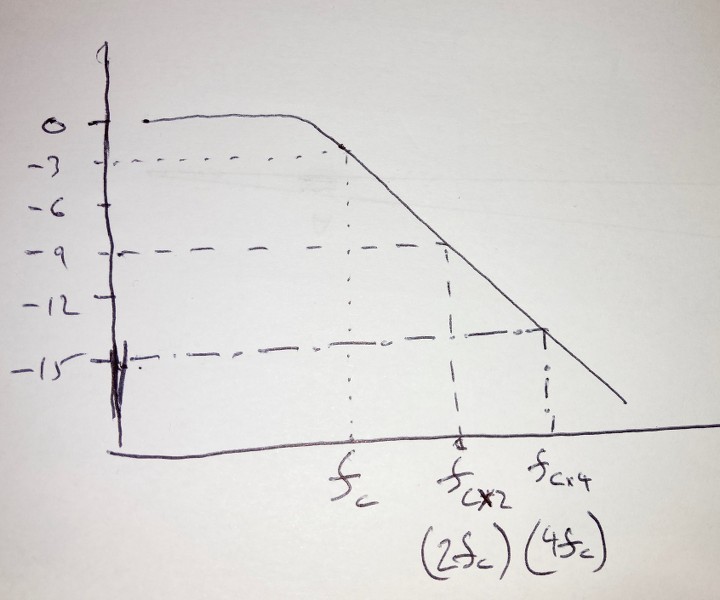Once again, I'm lost in a world of wiring diagrams. I've got an AST kit which comes with a loaded pickguard.
I'm wanting to do away with all the kit electronics and put in different gear. I've already got the pickups and I've order the pots and switch today. Because the kit comes pre-wired, the PB diagram doesn't show any of the stuff that's already wired, only the connections needed to complete the kit. So, looking around, all diagrams I find for this configuration don't match the way the kit has been pre-wired. Although, there is a wiring diagram for the JZ-6 which seems to match how my kit has been pre-wired. I just don't understand the significance of the differences.
This seems to match how my kit was pre-wired - https://www.pitbullguitars.com/wp-co...ng-Diagram.pdf
Both tone pots have caps (look like .047 but need to take a photo and zoom in to be sure). However, if I look at standard wiring diagrams for this configuration, including the Tonerider diagram - https://tonerider.com/wp-content/upl...v=6cc98ba2045f - they all show a cap on just one tone pot. Even the normal ST diagram for pre-wired pickguards shows one cap only - https://www.pitbullguitars.com/wp-co...0ST-1_2014.pdf
The only other time I see diagrams with a cap on each tone is for HSS configurations.
So, my question, is my pre-wired pickguard wrong or does it not really make a difference? Should I follow the Tonerider diagram when re-wiring? I never really understand what I'm looking at with wiring diagrams - it's a paint-by-numbers experience for me.






 Reply With Quote
Reply With Quote






 .
.
